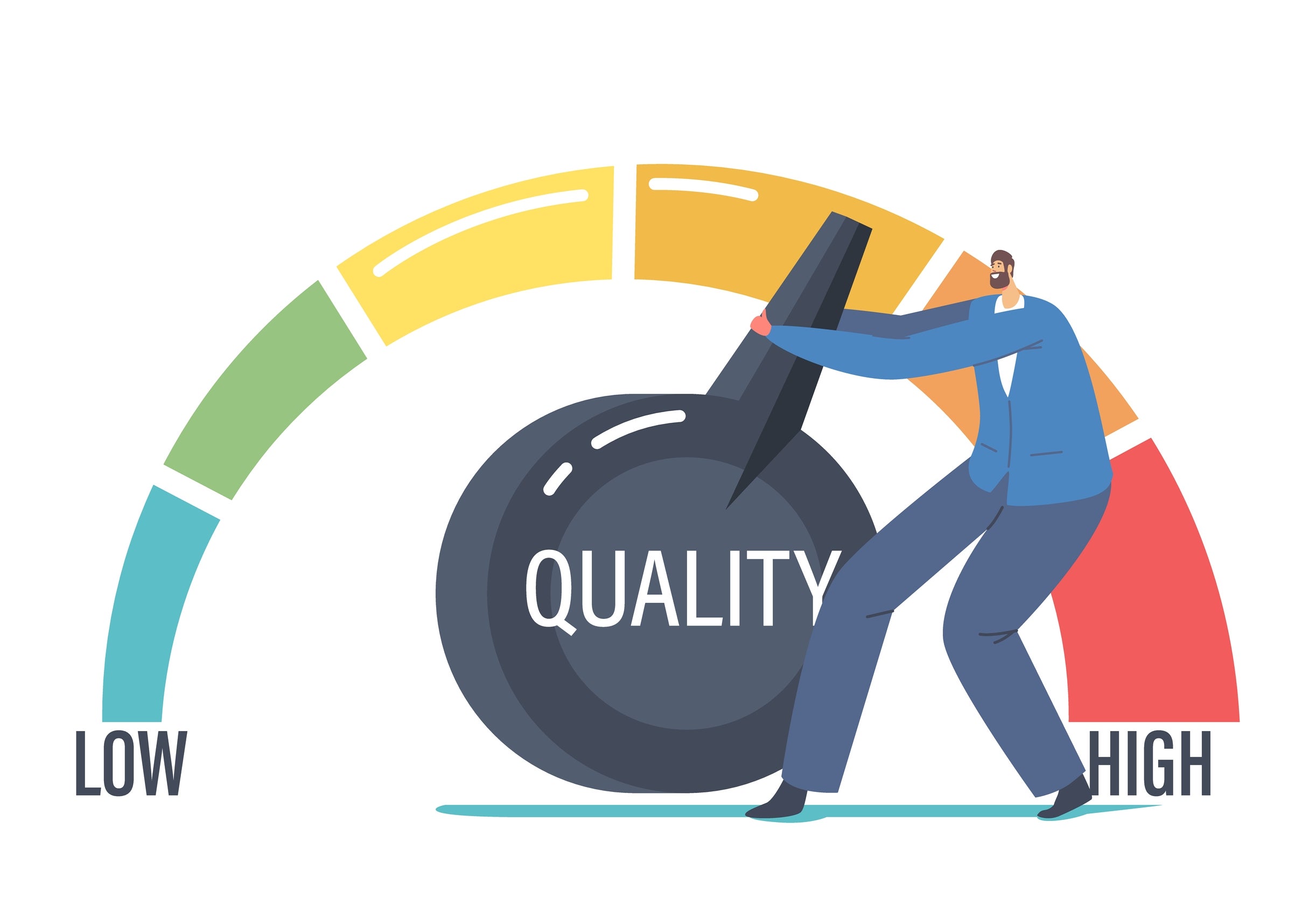Banner artwork by Felink - Creative Studio / Shutterstock.com
This is a common adage in corporate America. And with the best of intentions, many in-house legal departments ask their law firms for demographic data on the lawyers assigned to do their work. However, many law firms report that once the data is submitted, they never hear from their clients again. This may inadvertently send the message that the data doesn’t really matter, and the lack of follow-up does nothing to advance the diversity and inclusion needle. So, what’s a time-limited in-house legal department to do?
1. Don’t reinvent the wheel. The ABA offers a Model Diversity Survey. The benefits the survey has are data uniformity, time efficiency, and year over year trending, in aggregate and for individual firms. The survey is free of charge for corporate signatories and stakeholders and does not require a paid membership to use.
Corporations simply need to become a signatory to gain real-time access to any law firm’s diversity demographic data submitted in response to the Model Diversity Survey. The survey offers transparency to corporate clients. It allows for the measurement of trends in law firm partnership ranks, hiring practices, attrition rates, lawyers working on flexible schedules, and the demographics of highest compensated attorneys. The survey also allows for GCs and law firm relationship partners to agree upon “client-specific” questions, which is more efficient and cost-effective than filling out entirely separate questionnaires.
We suggest you ask open-ended questions to understand why the numbers are what they are, rather than offering criticisms.

2. Take the time to review submitted data and commit to responding to your firms. The response does not need to be detailed but should acknowledge any significant change that you observe. If there appears to be stagnation, you can note that as well. We suggest you ask open-ended questions to understand why the numbers are what they are, rather than offering criticisms.
3. Consider tracking the demographics of the lawyers assigned to your matters. Do not be dissuaded by the retort that the firms do not have this data, or do not have it for all lawyers assigned to your work. Firms with over 100 employees have to complete an annual EEO-1 report which contains such data. At a minimum, this will identify the demographics of the associates on your matters.
While it is true that some individuals may choose not to self-identify their race and/or ethnicity, the EEOC instructs the employer to make an educated guess in those circumstances. That educated guess is sufficient for your purposes. Also watch for game-playing with the data, such as including non-equity partners in the count of equity partners or including lawyers in foreign offices. While hopefully not a common practice, such data manipulation does occur. To avoid this, provide clear definitions.
4. If you do not have the bandwidth to track data, consider asking for a qualitative statement instead of numbers. In addition to requesting and analyzing data, consider requesting that the partners working on your matters supply a personal statement of commitment to diversity and inclusion — rather than merely providing the carefully curated diversity brochure prepared by the firm’s diversity professional.
This is effective in emphasizing an individual’s commitment and not just the collective. This individualized approach lets each lawyer contribute in a way that feels authentic to them and can be easier to assess than tracking data. The personal commitments do not need to be updated annually; every three years is sufficient.
In addition to requesting and analyzing data, consider requesting that the partners working on your matters supply a personal statement of commitment to diversity and inclusion — rather than merely providing the carefully curated diversity brochure prepared by the firm’s diversity professional.
5. Evaluate whether the work assigned to underrepresented lawyers is quality work and watch for the tendency of some firms to dump work on underrepresented lawyers in mid-December to meet your hours expectations which they then write off.

6. If you have periodic meetings with all of your firms, consider having a panel where firms share their diversity, inclusion, and belonging strategies or bringing in an external speaker to address this topic. Have your GC reaffirm their commitment. The idea here is to collaborate on best practices and create a culture of prioritizing diversity and inclusion.
If you have periodic meetings with all of your firms, consider having a panel where firms share their diversity, inclusion, and belonging strategies or bringing in an external speaker to address this topic.
7. Consider developing a scorecard for your top billing firms. You can rate various areas such as representation of under-represented lawyers on the equity partnership or on key committees. Rank your firms and let them know where they stand relative to other firms. You might want to shield the names of the other firms on the list. Relative ranking is often enough of a motivator when a firm is low on the list.
Rank your firms and let them know where they stand relative to other firms.
8. If you have bandwidth, consider inviting the relationship partner in your firms to visit your office or meet virtually on a bi-annual basis to talk about their diversity and inclusion efforts. These can be informal touch base meetings, but just the ask to participate in them reinforces to those firms the importance of diversity and inclusion. You can talk about the personal commitments and any demographic trends you observe. You will learn a lot from these meetings. For example, are they primarily focused on mentoring high school students as part of a very long-range pipeline strategy or are they working to ensure equitable compensation for their partners?

9. Offer to be part of the solution. You can speak at a partner meeting about why diversity and inclusion are important. You can share best practices. Watch, though, for the tendency of some firms to ask you to solve their problem by asking you to send them more work. More work should be a reward for doing well, not the way in which improvement is made.
We all have a role in advancing diversity, inclusion, and belonging. As in-house lawyers, we have a lot of influence on how our clients respond. There is no reason to be reticent in expressing the values of your organization and in asking the vendors with which you partner to do the same.
Disclaimer: The information in any resource in this website should not be construed as legal advice or as a legal opinion on specific facts, and should not be considered representing the views of its authors, its sponsors, and/or ACC. These resources are not intended as a definitive statement on the subject addressed. Rather, they are intended to serve as a tool providing practical guidance and references for the busy in-house practitioner and other readers.








